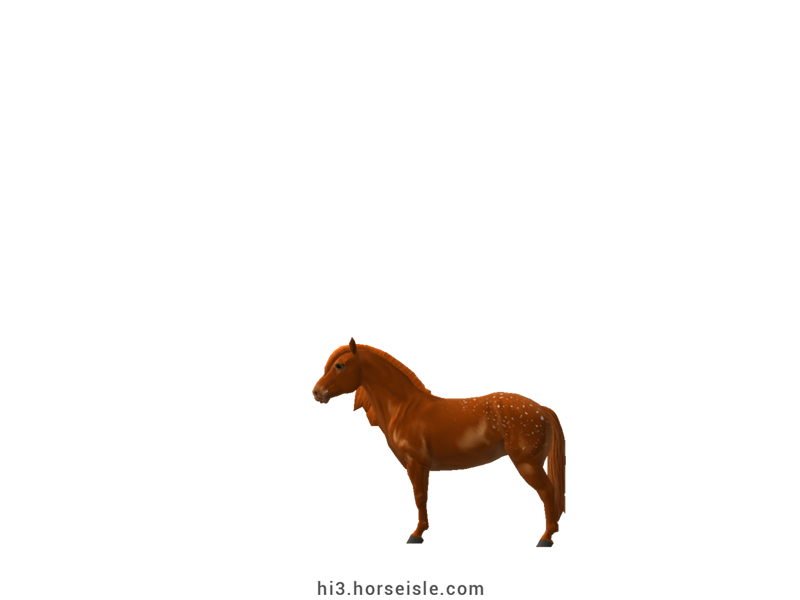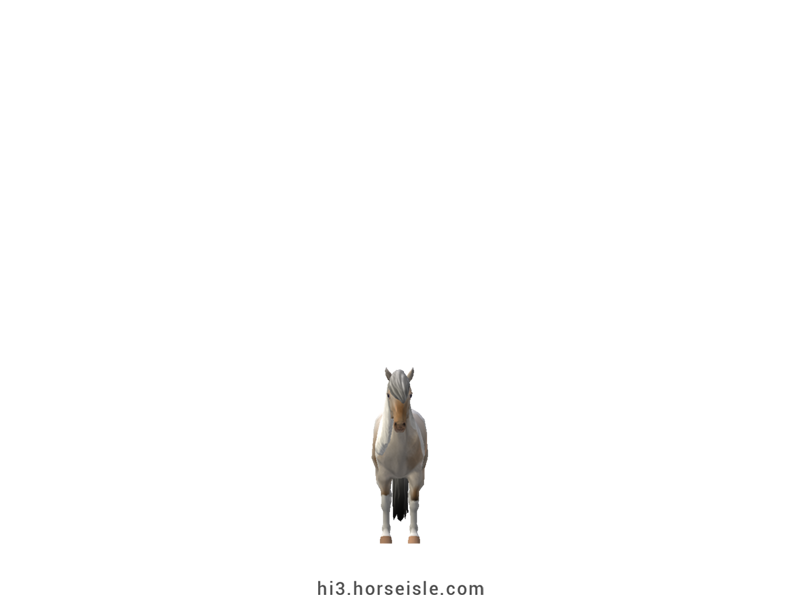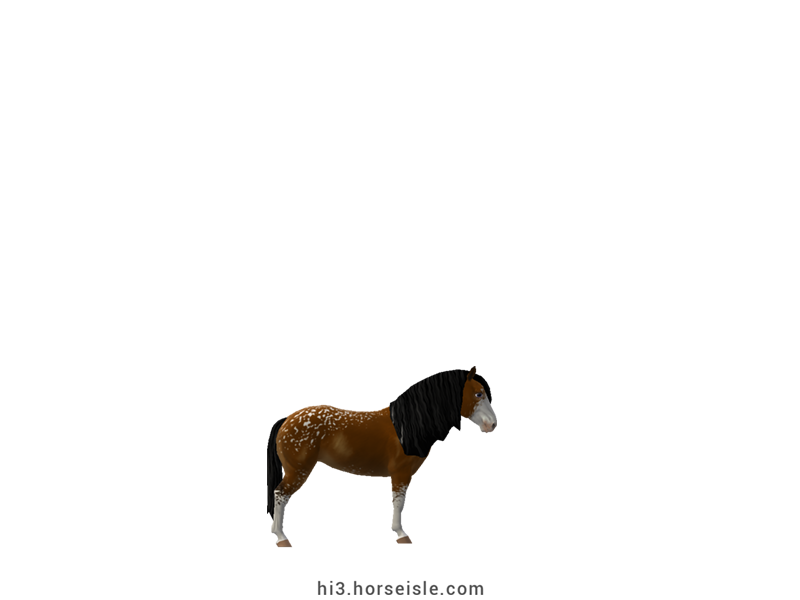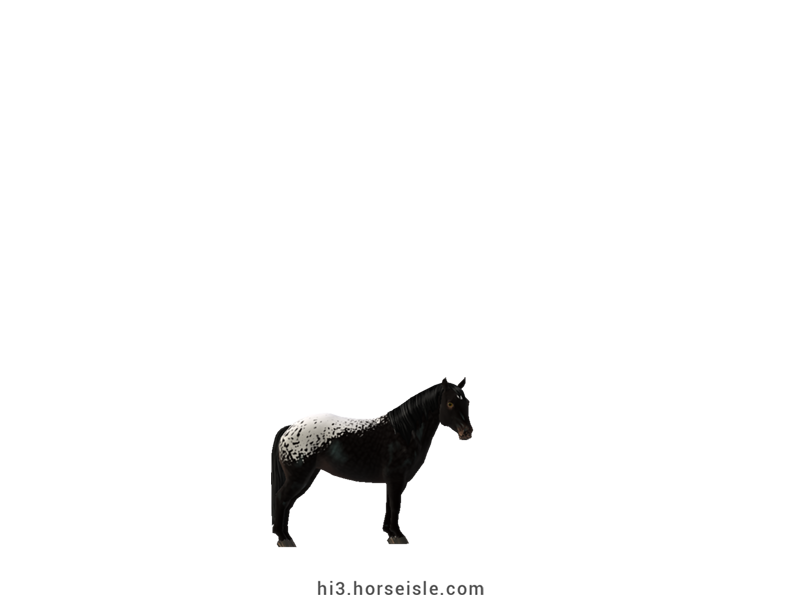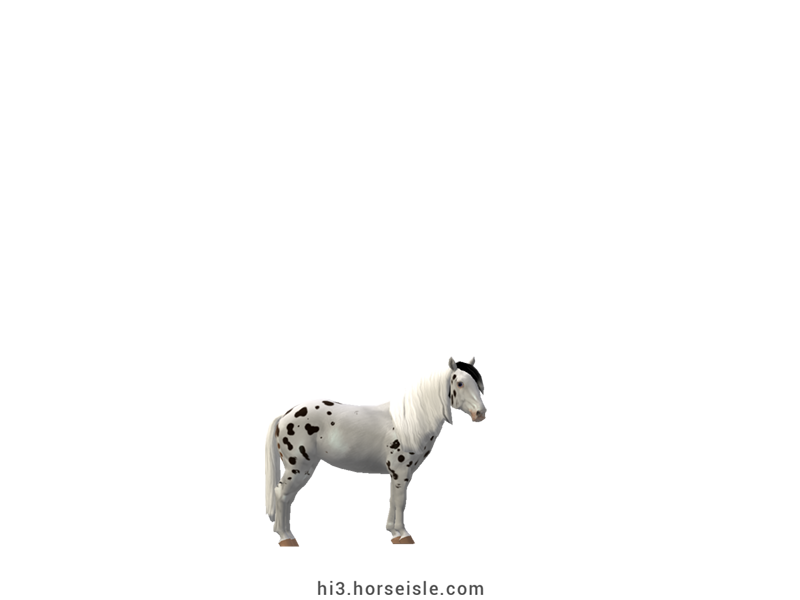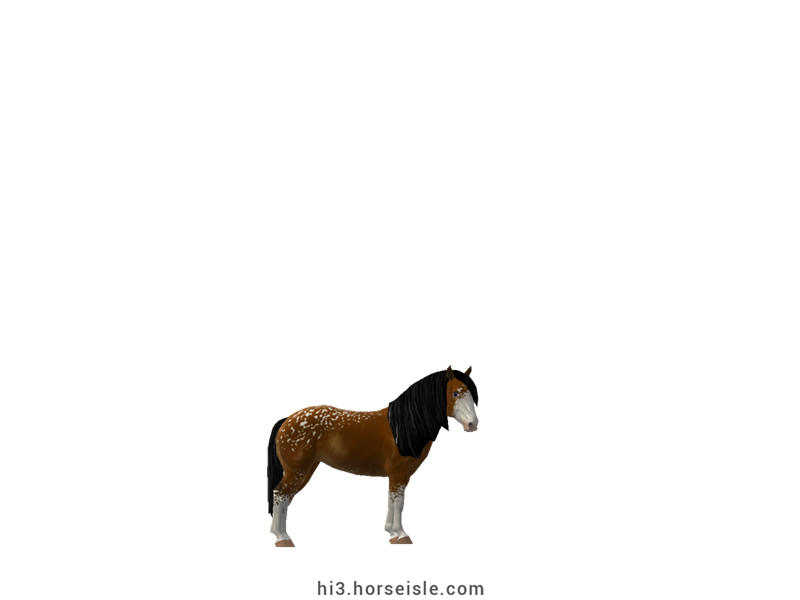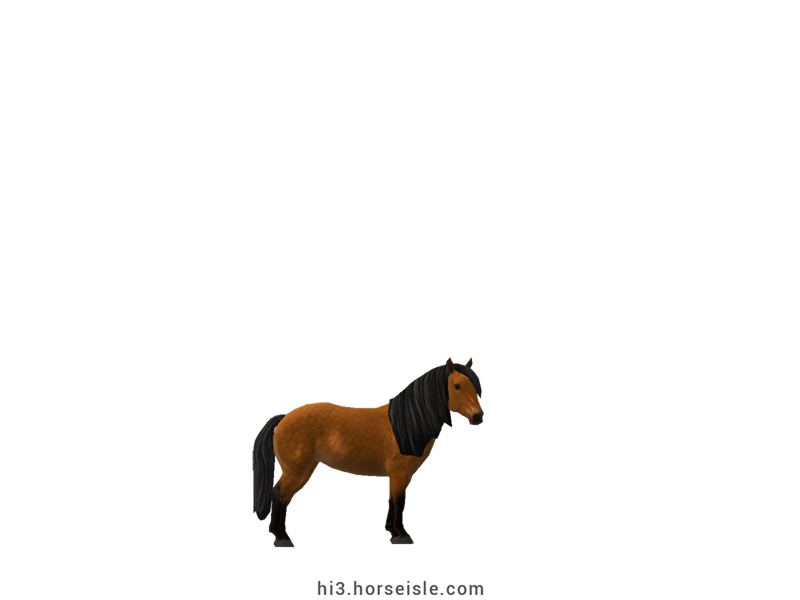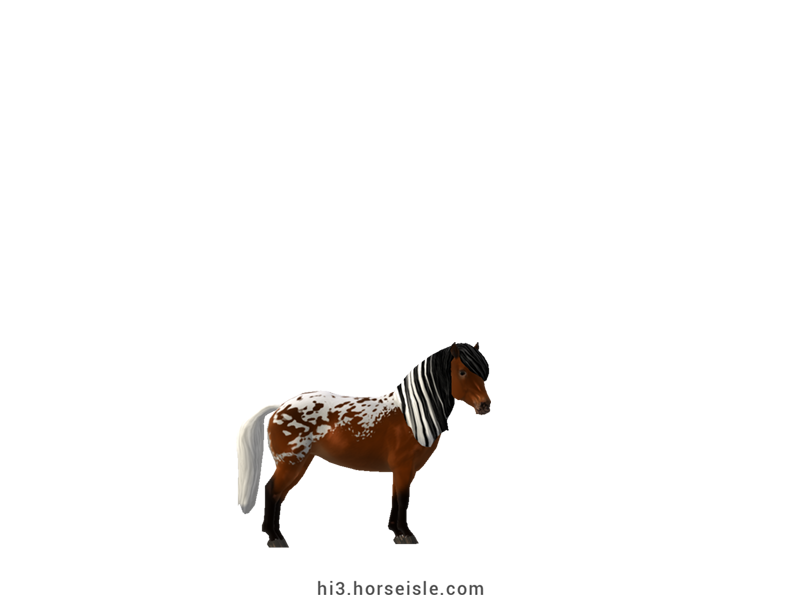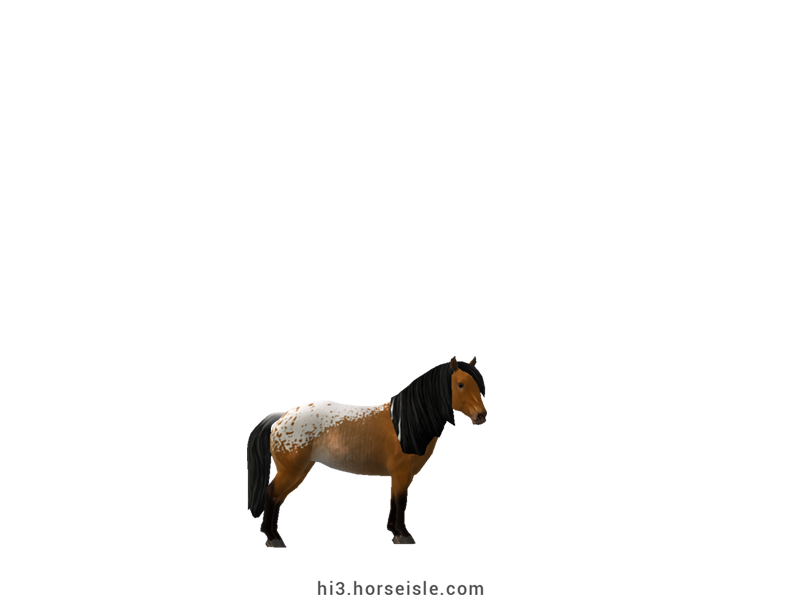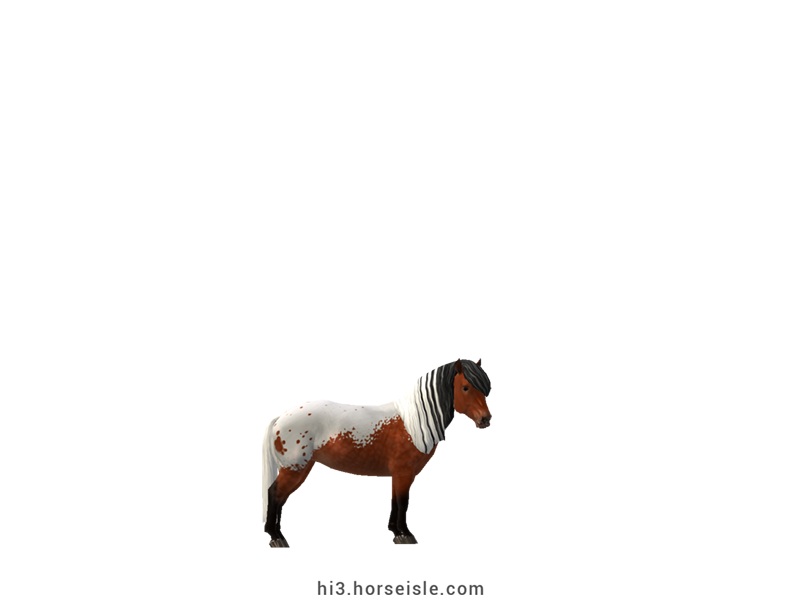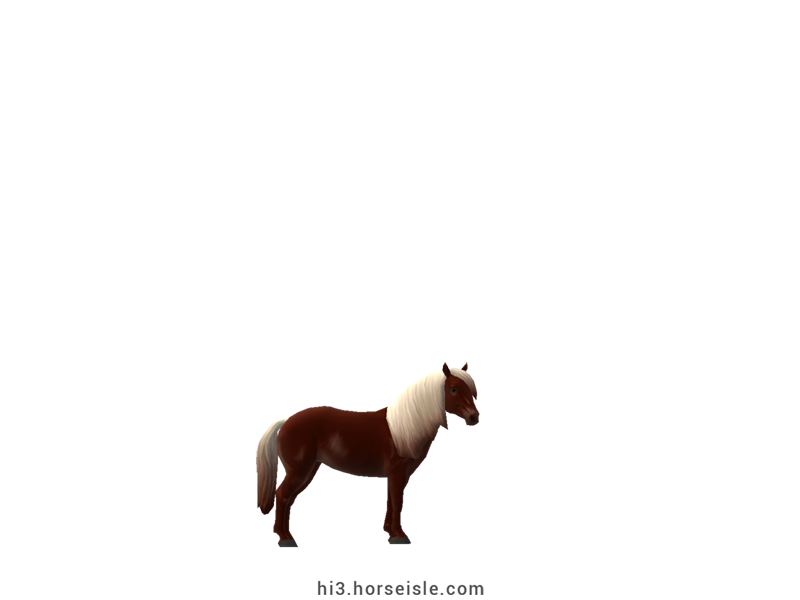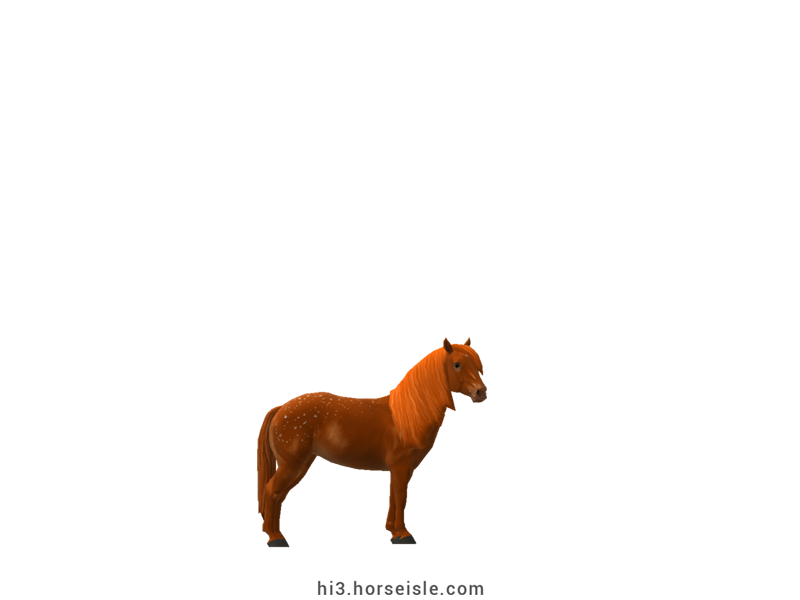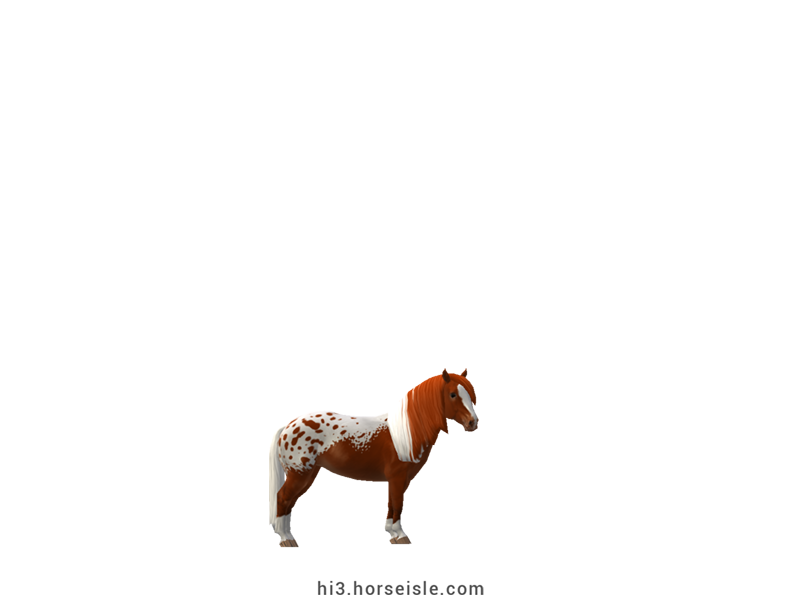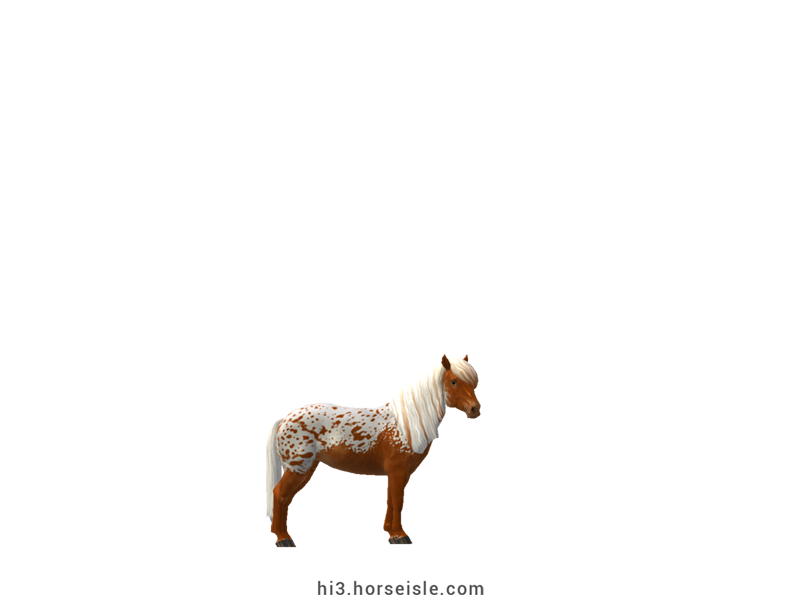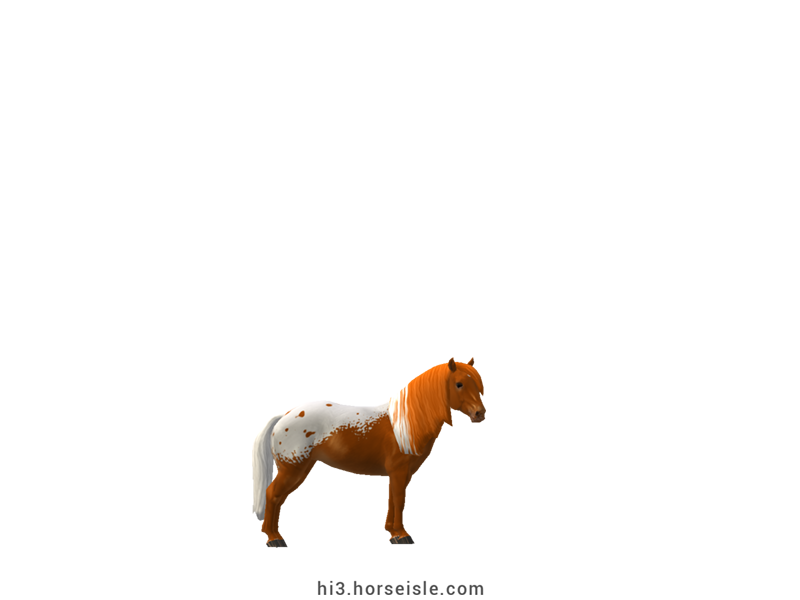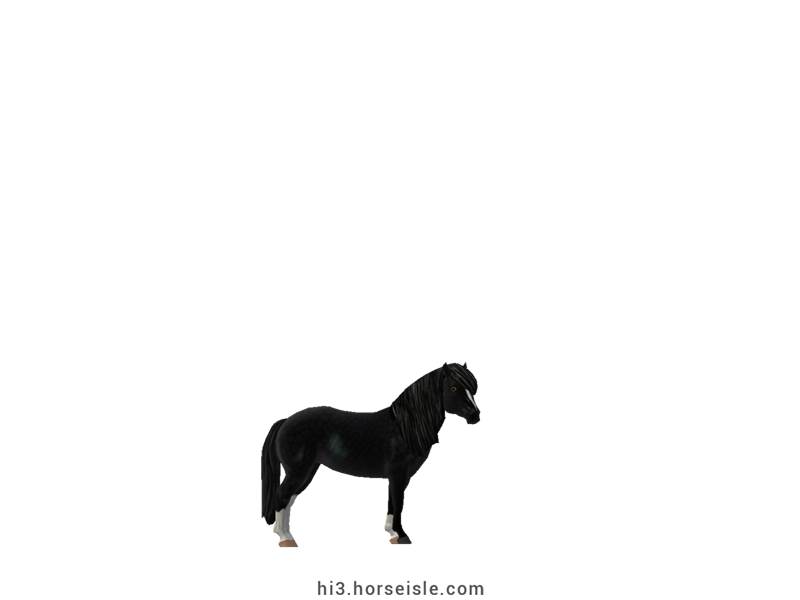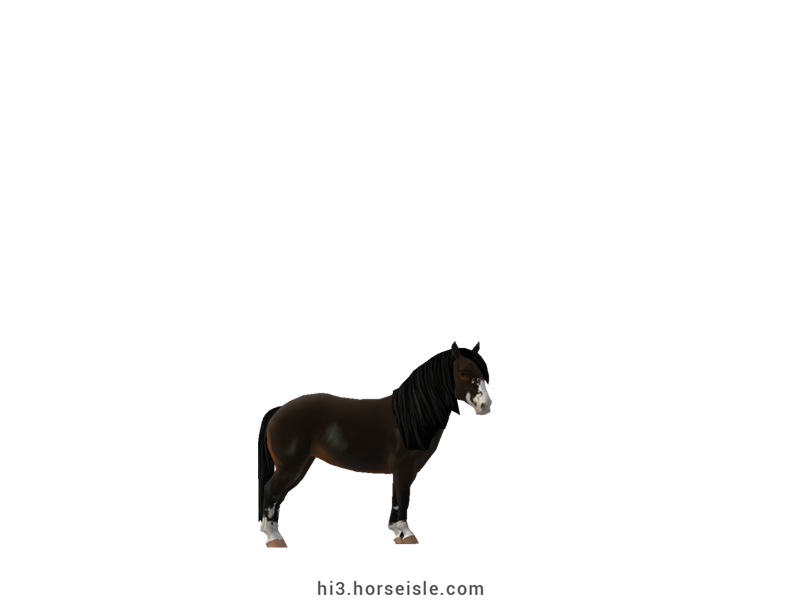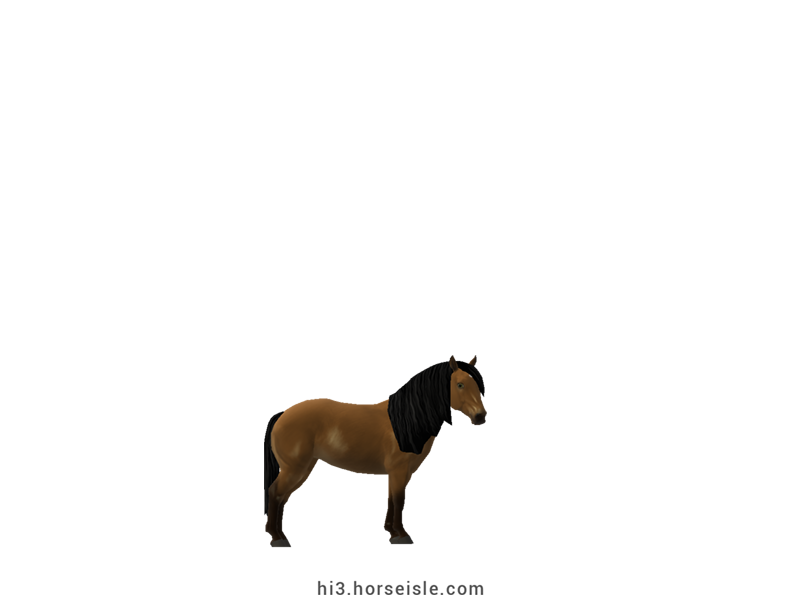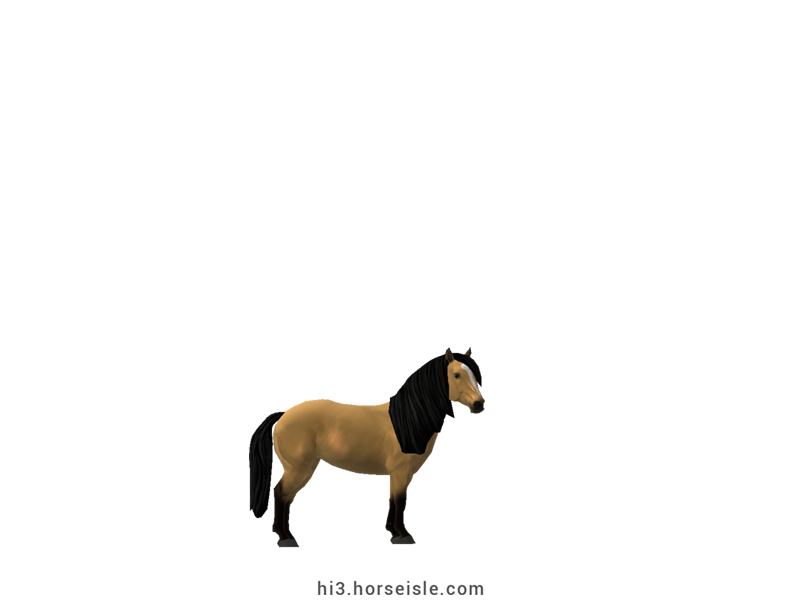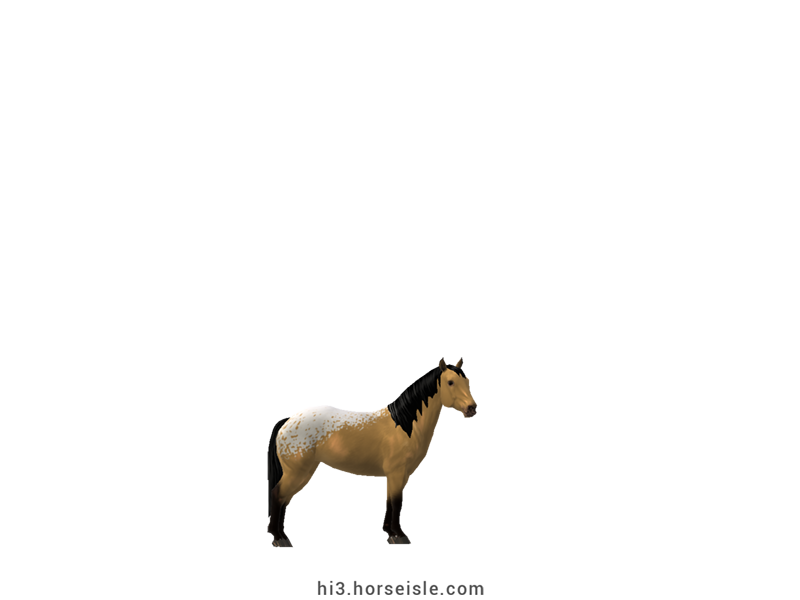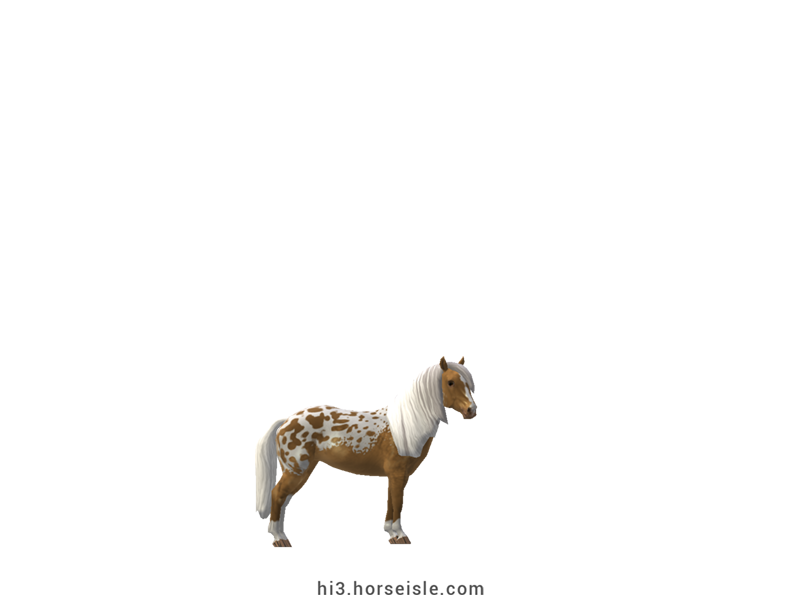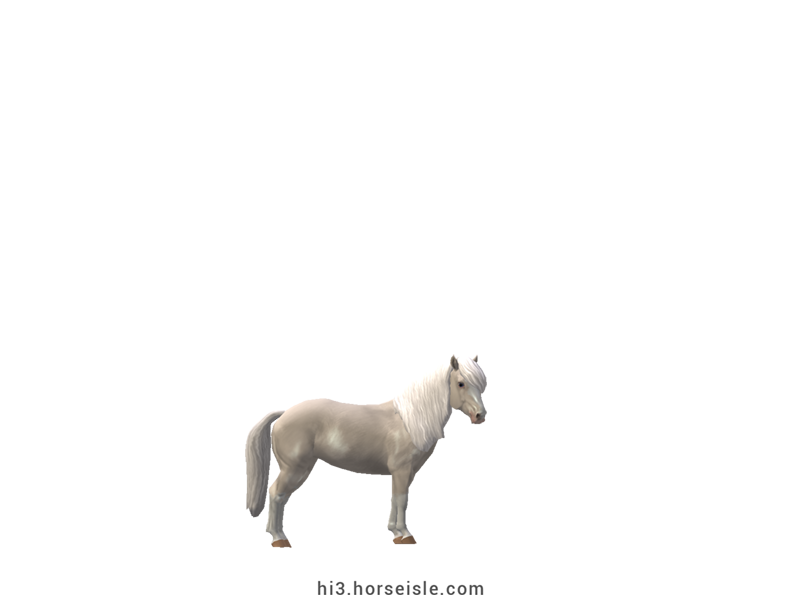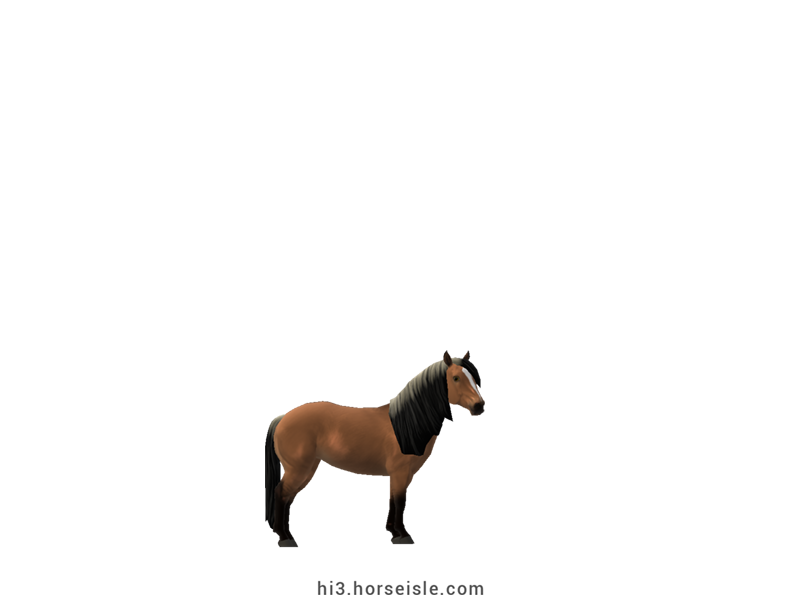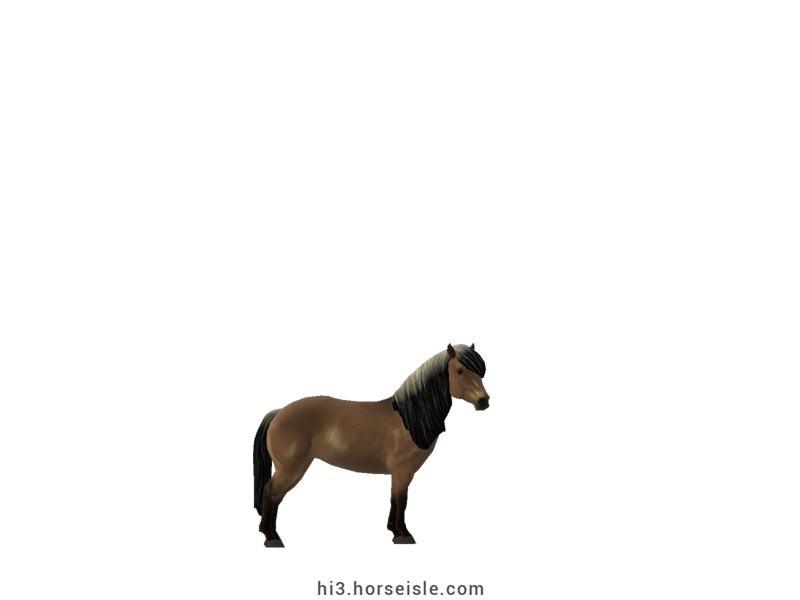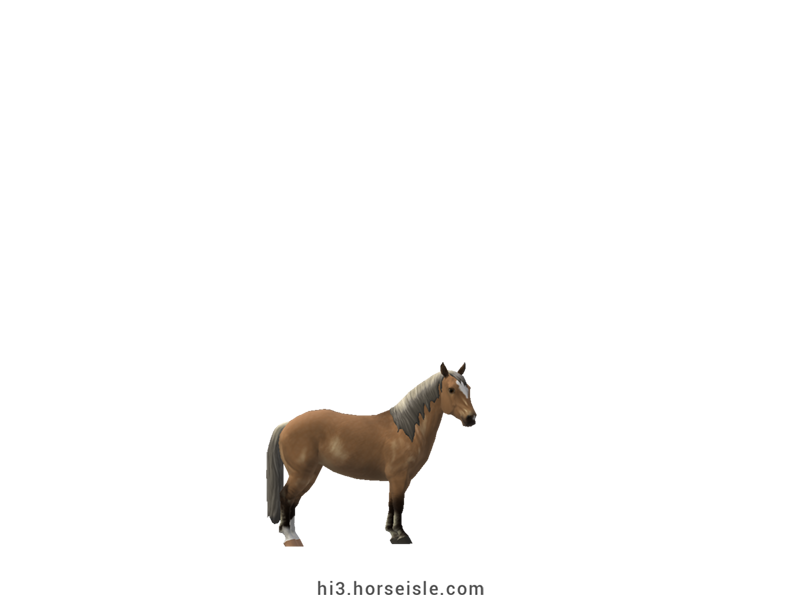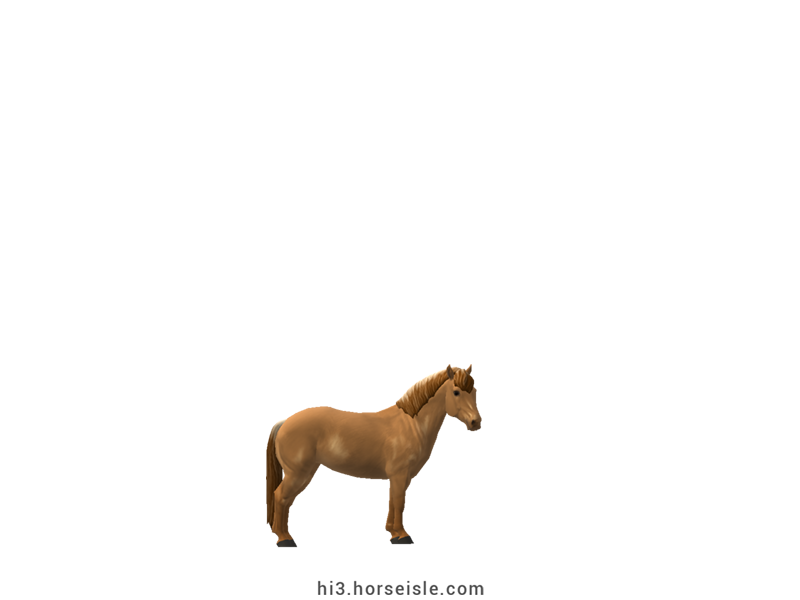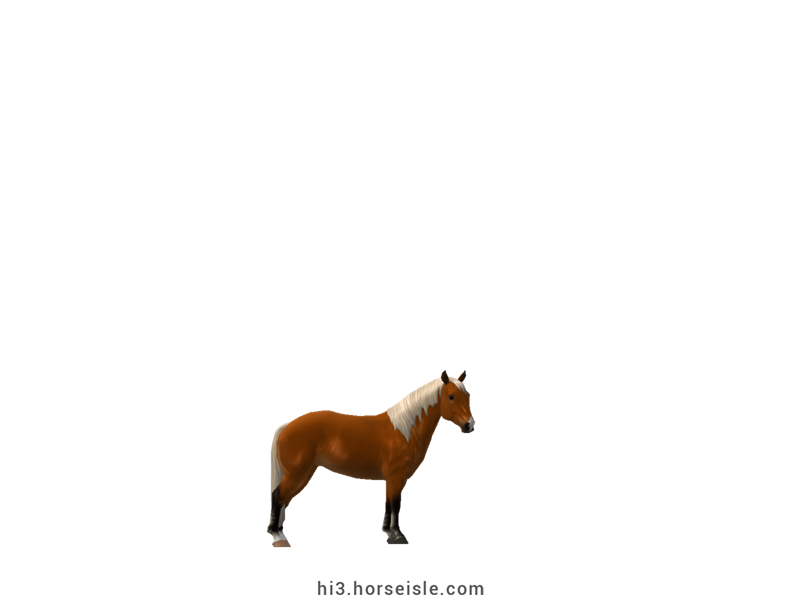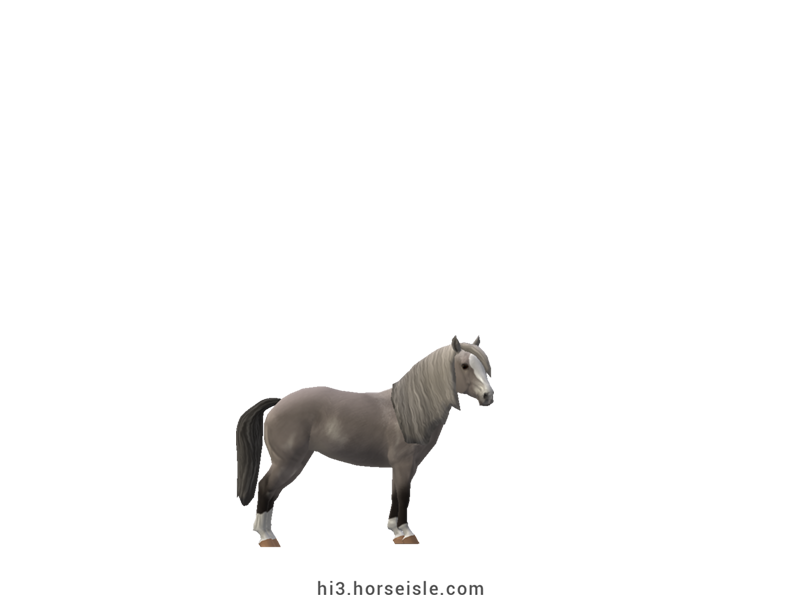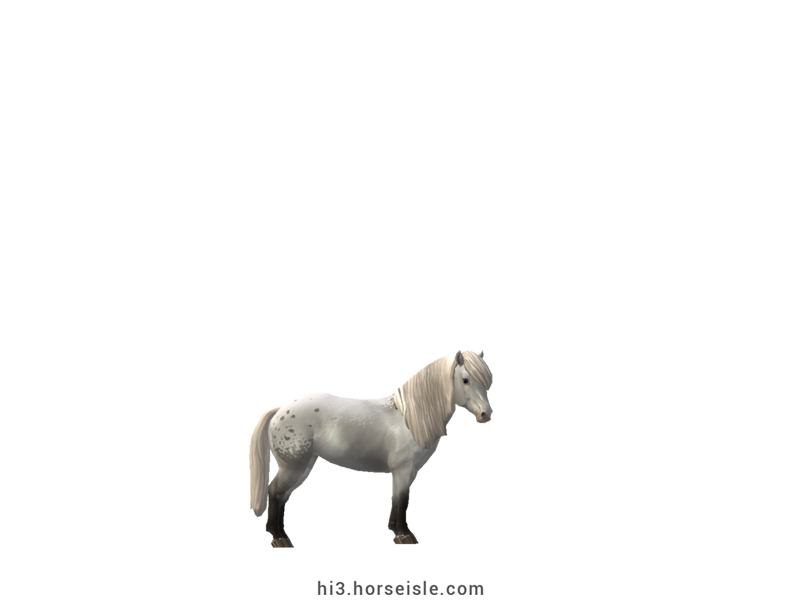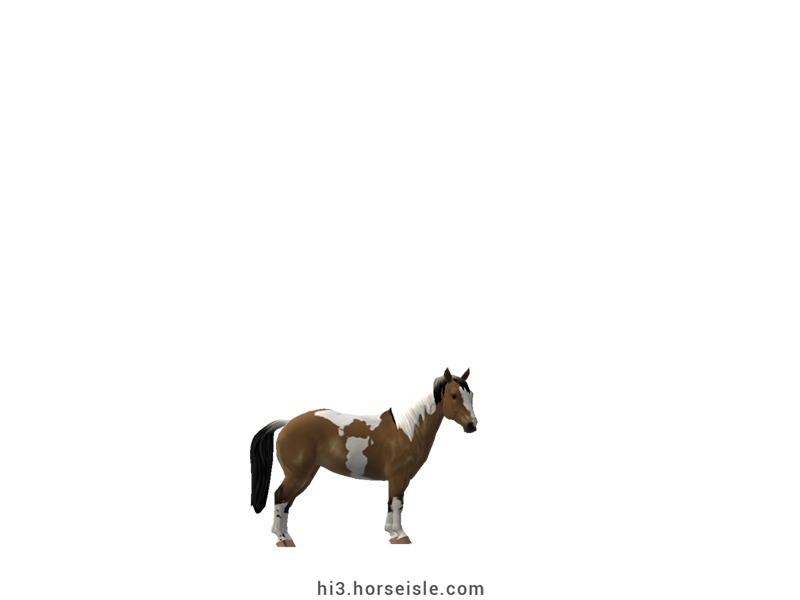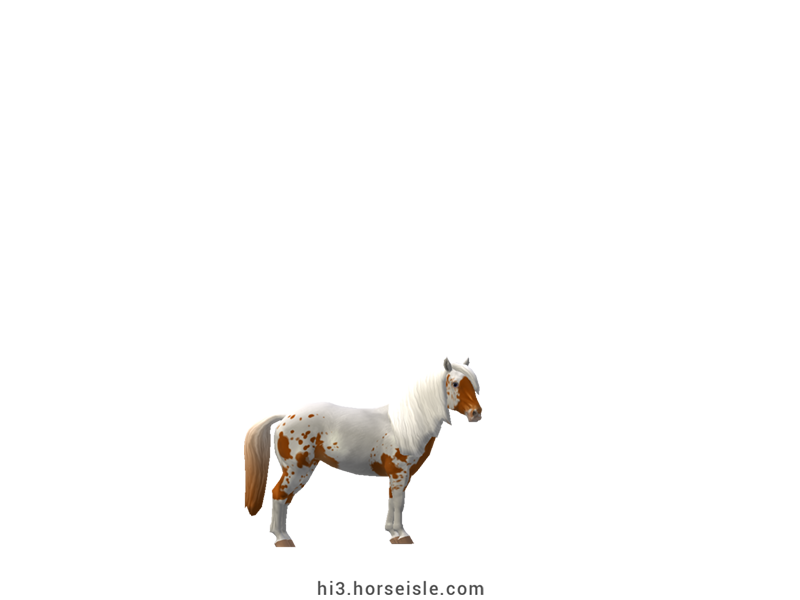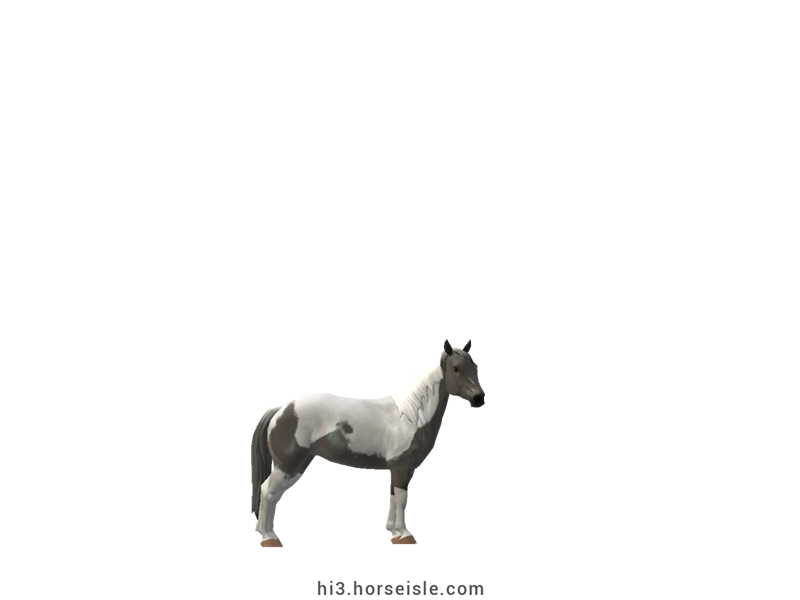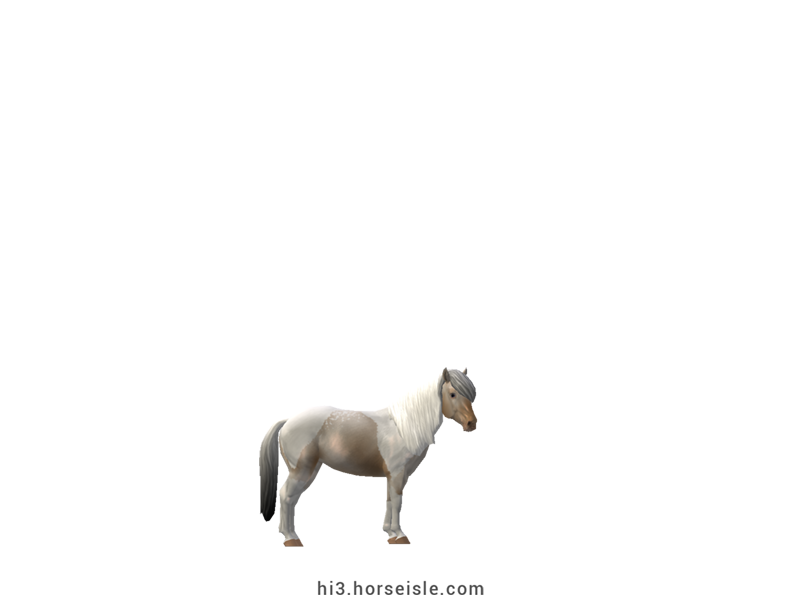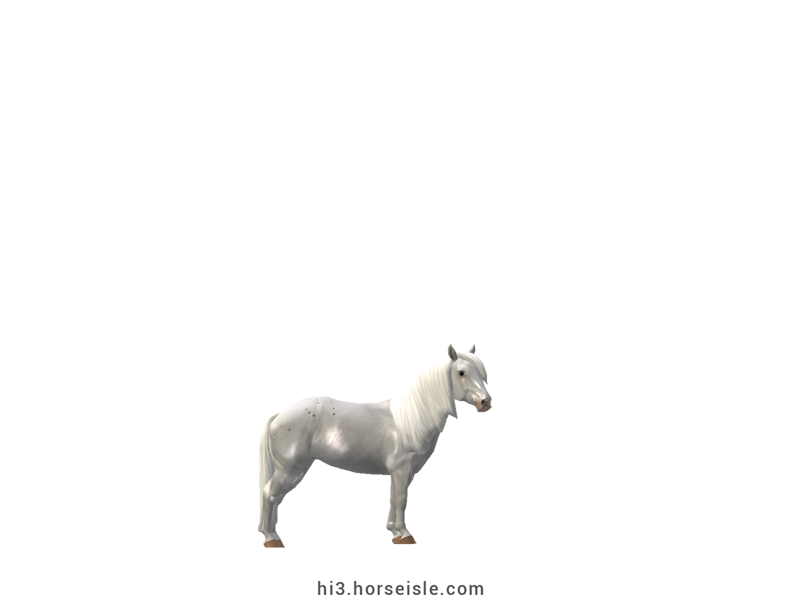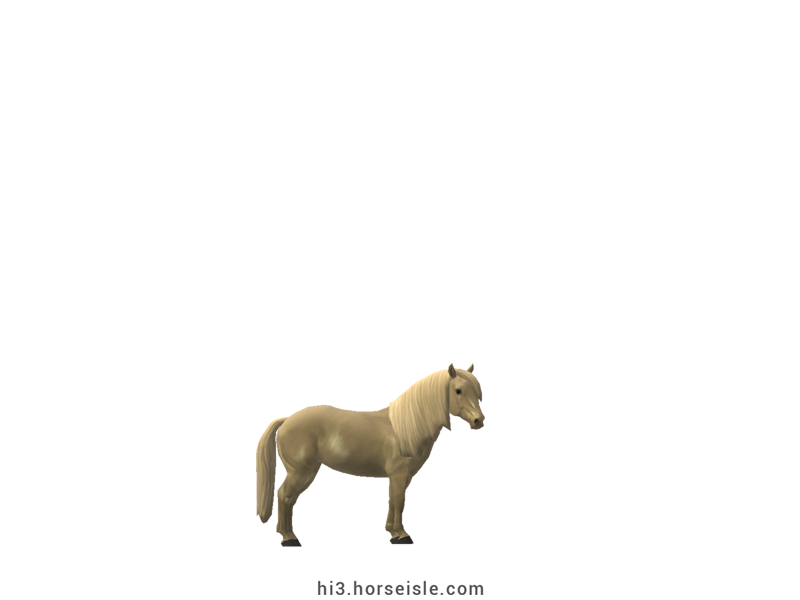Our Massive Real World Equine Reference!
[ INDEX ] Equine Type: Horse Breed: Falabella [ PREV ] [ NEXT ]
19th century and early development:
The development of the Falabella breed started in 1845, when a man named Patrick Newtall acquired small horses and started to selectively breed them for small size. In 1879, Patrick handed his herd of horses, who were less than 9hh tall, to his son-in-law Juan Falabella.
Juan decided to improve the conformation of these small horses by crossing them with horses of other breeds, such as Criollo and Shetland, while selectively picking the smallest offspring. This resulted in a horse with a better conformation, whose maximum height is 8.3hh.
20th century and the Falabella we know today:
In 1905, Juan passed his herd to his son, Emillio, who continued the selectively breed these little horses until they all had a uniform conformation. In 1927, Emillio gave the herd to the family member Julio Cesar Falabella, who not only continued with the breeding program of these horses, but also gave them the name "minihorses," recorded their lineages, and worked to promote the breed. Furthermore, in 1940, Julio set a breed standard for the Falabella, and started an official registry for the breed.
In the 1950s, the Falabella breed became known around the world, and today it can be found in almost every country.
Usages and attributes:
While the small size of Falabella horses prevents them from being ridden, these mini-horses are strong enough to pull loaded carts, and therefore can be used for cart-driving. In addition, their unique and charismatic look makes them popular for in-hand shows.
Similar to other miniature horses, Falabellas are extremely smart horses who have an excellent memory. In addition, they can outlive most other horse breeds, often living for more than 40 years. Therefore, in recent years, Falabella horses started to serve as guide horses.
Conformation:
The conformation of the Falabella is similar to the conformation of a horse, rather than that of a pony. Therefore, despite being shorter than 8.1 hh, Falabellas are termed as horses, and not ponies.
Falabella horses vary greatly in their conformation. While some horses have a long, slender frame, others have a compact, bulkier one. In Horse Isle, the conformation of the Falabella is slightly more uniform and characterized with a concave or straight profile, large eyes, small ears, a neck that is held somewhat high, smooth withers, and an overall small but not bulky build.
The mane is medium or long in length, and the hair is coarse or smooth and silky. It can have light waviness to it, but excessive waviness is not characteristic of this breed. The tail grows long and is usually thick but not overly bulky.
Performance metrics:
The following are the: range, average, (SD), and MOE of performance metrics of ordered Falabellas in Horse Isle (not bred ones). In rare cases,
Speed: 11.8-12.4, 12.1 (0.2), 0.03.
Sprint: 18-26, 22 (2), 0.38.
Accel: 0.85-1.03, 0.94 (0.04), 0.01.
Decel: 0.91-1.09, 0.99 (0.04), 0.01.
Jump: 5.03-5.26, 5.14 (0.06), 0.01.
Pull: 0.24-0.63, 0.40 (0.11), 0.02.
Turning: 40.08-54.45, 48.28 (2.99), 0.59.
Reverse: 2.0-2.5, 2.2 (0.1), 0.02.
Stamina: 43.22-48.80, 45.62 (0.9), 0.18.
Reaction: 0.49-0.65, 0.58 (0.04), 0.01.
Coats & Height:
Colors & patterns: all colors and patterns except for pangare.
Height: 6.3hh to 8.1hh (70cm to 86cm).
[ INDEX ] [ PREV ] [ NEXT ]

